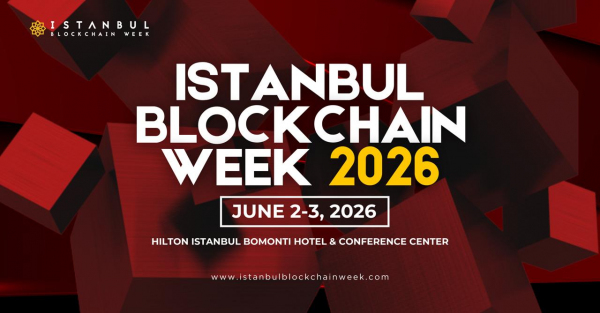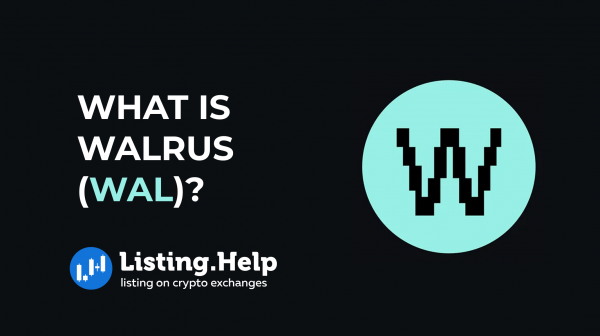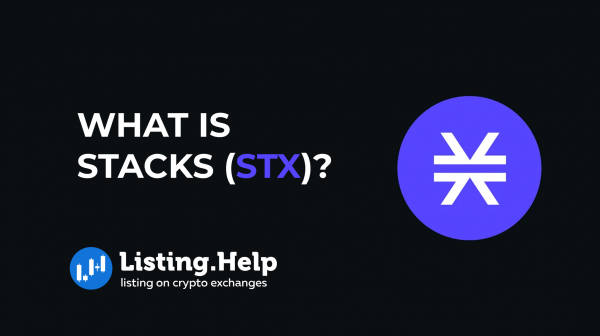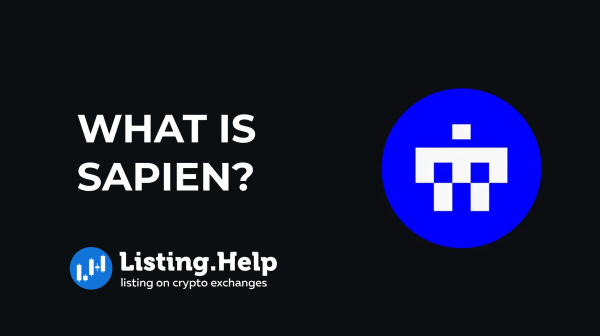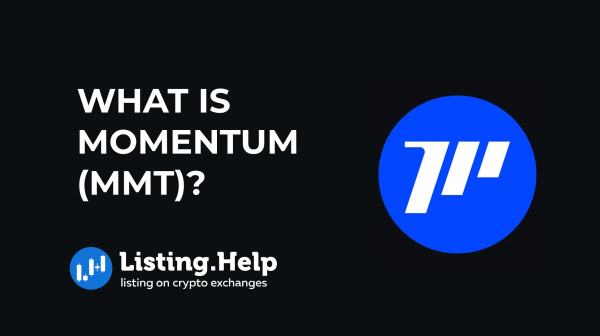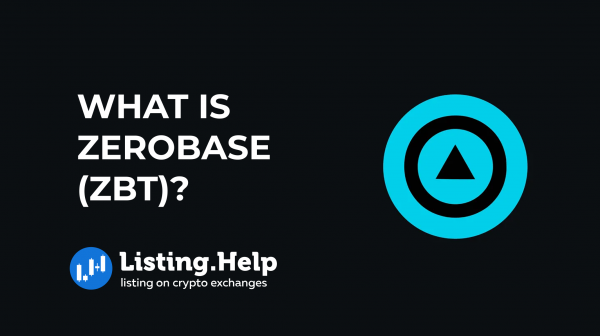What Is Render (RNDR)?
 November 5, 2024
November 5, 2024 Updated: November 5 2024, 04:42
Updated: November 5 2024, 04:42
LEAVE A REQUEST
Launching your own token project? Our experts are ready to help with listing on exchanges, market making, marketing and other solutions
SUBMIT APPLICATIONThe demand for high-performance graphics and intensive computational tasks has always called for powerful processing capabilities, usually provided by costly, centralized systems. Render (RNDR) is a blockchain-based platform designed to make GPU (graphics processing unit) resources more accessible and affordable for rendering. This article will outline what Render is, how it operates, and its potential influence across various sectors.
What Is Render in Crypto?
Render operates as a decentralized network that connects individuals needing rendering services with those who have unused GPU resources. By harnessing blockchain technology, Render distributes computational tasks across a network of nodes, making rendering more efficient. This decentralized method offers an alternative to traditional, centralized cloud services.
Main Aspects of Render
1. Distributed Network: Unlike conventional rendering providers that depend on centralized data centers, Render relies on a network of independent nodes contributing their GPU power.
2. Token-Based System: The network functions using RNDR tokens, a cryptocurrency built on Ethereum, facilitating transactions within the platform.
3. Smart Contracts: Transactions between content creators and node operators are managed through Ethereum-based smart contracts, ensuring secure and automated operations.
4. Enhanced Scalability: By spreading rendering tasks across multiple contributors, Render seeks to boost both speed and overall efficiency.
Background and Development
Render Network was first introduced in August 2017 by Jules Urbach, founder of OTOY, Inc., a company specializing in GPU-driven software. His vision was to create a peer-to-peer system leveraging idle GPU resources to make rendering more accessible without sacrificing quality.
The RNDR token was initially deployed on the Ethereum blockchain as an ERC-20 token during a two-phase token sale between 2017 and 2018. Before the mainnet was launched, the token’s contract was revised in February 2019, reducing the maximum token supply from approximately 2.15 billion to about 536.87 million. The network underwent a three-phase development process from 2017 to 2018, culminating in the private Genesis mainnet launch in June 2019. This marked the integration of the RNDR token with OTOY’s Octane Render Cloud (ORC). By April 2020, Render Network was made publicly accessible.
In March 2021, Render Network bridged the RNDR token to Polygon due to rising Ethereum gas fees. In July 2022, the team introduced Render Improvement Proposals (RNPs) to engage the community in platform development and launched the Render Network Foundation in January 2023. This foundation was established to foster community-led governance through RNPs and support ecosystem growth with grant initiatives.
Render Network announced its upcoming expansion to Solana in November 2021 and completed this migration in November 2023. The move broadened the platform’s capabilities to include GPU computing services through an API for third-party clients. ANTBIT.IO (io.net) was the first to gain API access for machine learning and related tasks. Other clients such as Beam, Nosana, and FEDML were also granted access for broader computational purposes.
Before the transition to Solana, node operators earned ERC-20 RNDR tokens on Ethereum for their work. The migration introduced the Burn-and-Mint Equilibrium (BME) model, launched in December 2023. This model allowed for on-chain payments in SPL RENDER, provided predictable pricing for tasks, and encouraged node operators through incentive structures.
How Does Render (RNDR) Work?
To grasp how Render functions, it’s useful to break down its main elements and processes:
1. Creators and Node Operators
– Creators: These are individuals or businesses that need rendering services. This group includes filmmakers, game designers, architects, and anyone else who requires rendered high-quality graphics.
– Node Operators: These participants offer their idle GPU power to the network and earn RNDR tokens as payment for their computing resources.
2. RNDR Tokens
RNDR tokens are the payment medium within the Render network. Creators purchase RNDR tokens to access rendering services, while node operators receive these tokens as compensation for their contributions.
3. Smart Contracts
Smart contracts, which are self-executing with coded terms, facilitate transactions between creators and node operators. These contracts ensure that work is completed as agreed and payments are automatically handled.
4. The Rendering Workflow
Here’s how the rendering process unfolds on the Render network:
1. Project Submission: A creator submits a rendering project to the network with specific details and requirements.
2. Resource Allocation: The network assigns the task to various node operators based on their available GPU capacity.
3. Execution: Node operators carry out the rendering tasks using their GPUs.
4. Completion: The finished work is returned to the creator.
5. Payment: The creator compensates the node operators using RNDR tokens through smart contracts, ensuring a secure and seamless transaction.
RNDR Token and Its Role
The Render Token (RNDR) is central to the Render Network’s operations. Introduced in October 2017, the token has been part of the network’s growth strategy ever since. The total supply of RNDR tokens is set at 536,870,912. Of this, 25% was used for fundraising efforts, and 10% was kept in project reserves. RNDR has various uses, including:
Governance
As the governance token, RNDR represents community involvement and decision-making power. RNDR holders form the Render DAO and can propose and vote on development initiatives (Render Network Proposals, or RNPs). Voting rights depend on the number of tokens a person holds, giving holders influence proportional to their stake. Proposals undergo an initial review before being available for voting on the network’s governance portal, which any RNDR holder can access.
Job Payments
RNDR is the primary currency for payment on the Render Network. Creators looking to use GPU rendering services pay in RNDR. The cost depends on the GPU power needed, measured using OctaneBench (OBH), a tool developed by OTOY to assess combined GPU performance.
To simplify payments for those unfamiliar with cryptocurrencies, the network introduced RNDR credits, which can be purchased with bank cards. These credits mirror the value of RNDR, and node operators continue to receive payment in RNDR tokens.
Burn-and-Mint Equilibrium (BME)
The Burn-and-Mint Equilibrium (BME) model is part of the RNDR tokenomics strategy. This system aims to maintain token value and create an efficient pricing and payout framework for both creators and node operators. Under this model, job costs are calculated in dollar terms. To start a job, creators must burn RNDR tokens equivalent to this dollar value. If creators don’t own RNDR, they need to buy it, driving consistent demand.
When a job is processed, the node operator receives payment in RNDR. The network mints new RNDR tokens each epoch, and rewards are distributed based on each operator’s job contribution and uptime performance. 90% of newly minted RNDR per epoch goes to node rewards, while the rest is allocated for availability incentives. These rewards also encourage creators to submit jobs. Emissions adjust according to network demand, maintaining balance.
Conclusion
Despite some obstacles, Render has a promising outlook. The need for high-quality rendering is on the rise across multiple industries, and Render’s decentralized framework presents a practical way to fulfill this demand. With more creators and node operators joining, the network’s scalability and efficiency are likely to keep advancing.
Render’s potential is not limited to graphic rendering alone. Its technology could be applied to other resource-heavy computational tasks, such as artificial intelligence (AI) and machine learning, broadening its applications and expanding its market potential.

For more insights and updates on the crypto world, don’t forget to check out our blog at Listing.Help




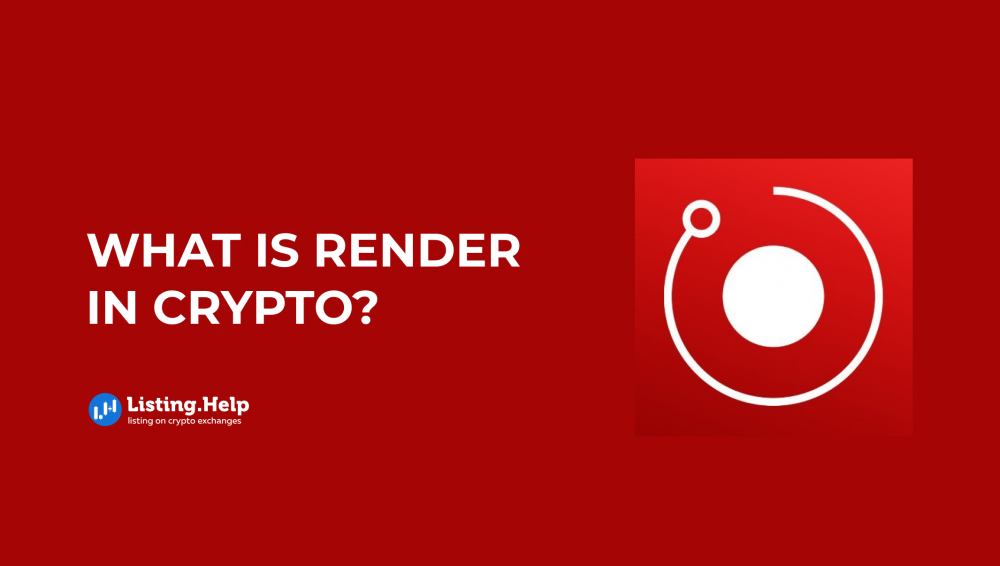

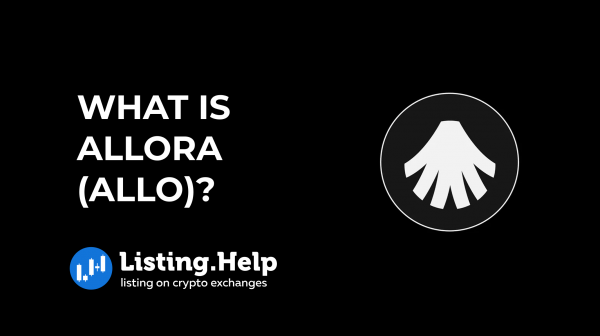
 December 29, 2025
December 29, 2025 